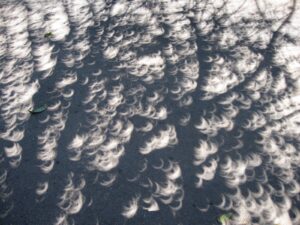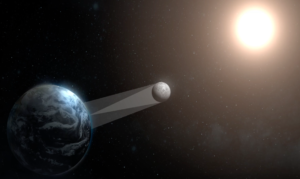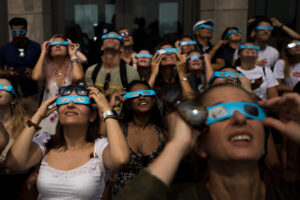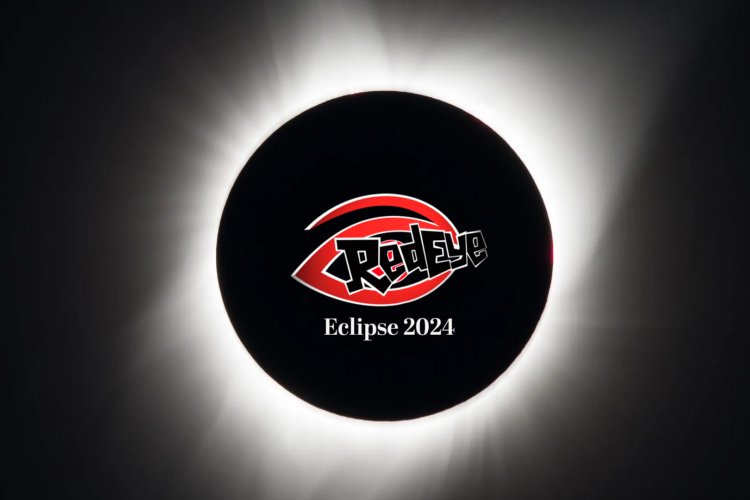Grab your solar eclipse glasses! There will be a total solar eclipse on Monday, April 8, 2024!
What is a Solar Eclipse?
The solar eclipse happens during the moon’s orbit around Earth, the moon comes between the sun and the Earth. It lines up perfectly between the Earth and the sun, which causes the affected parts of the U.S. to experience a brief darkness during the day. You may be thinking, what makes this so special? It is the only time you can see, with your naked eye, features that are in the sun’s atmosphere, and the next total solar eclipse isn’t expected to be for another 20 years.
 Previous Solar Eclipse
Previous Solar Eclipse
The last total solar eclipse visible in the United States was 5 years ago on August 21, 2017. An estimated 215 million U.S. adults viewed the eclipse directly or electronically according. According to NASA, this upcoming eclipse is said to be even more exciting. One reason for this is that the path of the eclipse will be wider than it was in 2017. The 2017 eclipse ranged from about 62-71 miles wide, meanwhile, the April eclipse will range between 108-122 and will pass through more cities and densely populated areas, making it so more people will be able to experience the solar eclipse. Here at RedEye, we remember going outside to enjoy a view the of the solar eclipse and watching the crescent leaves shadows cast on the sidewalk.
Where can you see the totality of the eclipse?
The totality of the solar eclipse lasts about 4 and a half minutes or less and will be viewable in places such as Texas, Oklahoma, Arkansas, Missouri, Illinois, Kentucky, Indiana, Ohio, Pennsylvania, New York, Vermont, New Hampshire, and Maine. Many people in these areas or surrounding areas are prepping to experience the 2024 solar eclipse.
Eclipse Glasses

Many people who will be in the path of the eclipse are gearing up to experience it by purchasing solar eclipse glasses to protect their eyes from the sun’s light during the eclipse. If looking directly at the eclipse, besides the few minutes of “totality”, eye protection is advised by NASA. For those of you looking for tips and tricks to photograph the Eclipse with your iPhone here is a nifty link. Here is a link from NASA for safely viewing an eclipse without the special glasses.
Be sure to enjoy this years solar eclipse, the next one isn’t expected until 2044!


Recent Comments